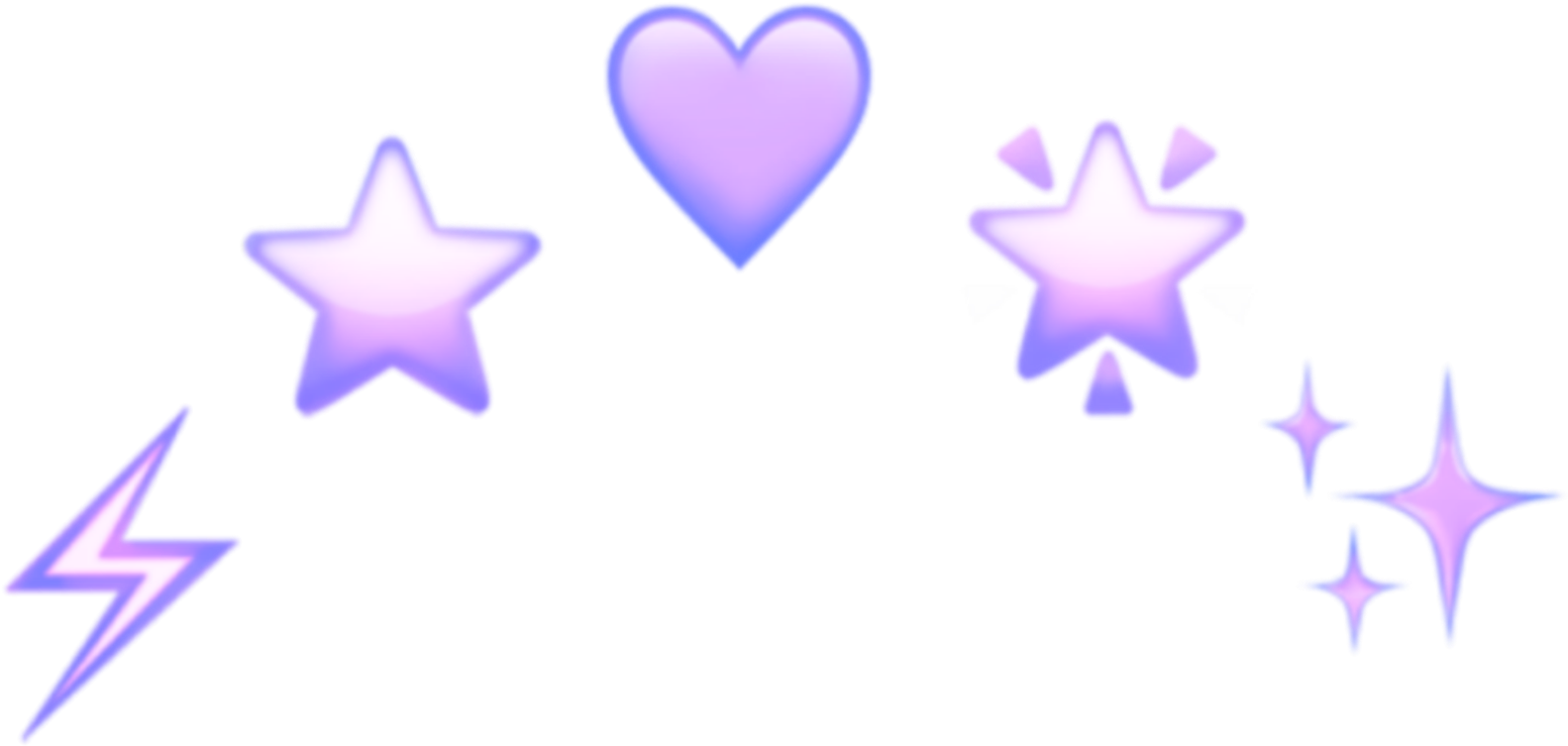Emojis and Emoticons
Emojis and Emoticons
Emojis and Emoticons and Their Impact on Communication Today
https://www.pngkey.com/png/full/899-8999285_purple-crown-emoji-emojis-tumblr-stars-png-tumblr.png
What's The Difference?
Emojis are defined as digital pictograms used to depict objects and ideas such as human emotions, animals, geography, food, and flags. Emoticons are defined as symbols that are intended to represent a facial expression that communicates the state of the author. The biggest difference between eh two is that emojis are little pictures of whatever item or emotion is trying to represent while emoticons are made of colons, semicolons, dashes, and parentheses. Emoji comes from two Japanese words, "e" meaning picture, and "moji" meaning written character. The word emoticon comes from the word emotion and icon smashed together. While they may serve similar purposes there is a distinct difference between emojis and emoticons.
https://upload.wikimedia.org/wikipedia/commons/thumb/5/53/Emoticon_Smile_Face.svg/1200px-Emoticon_Smile_Face.svg.png
Where Did Emoticons Come From?
There is no way to know when the first emoticon was used but we do know that they started to appear frequently in 1979. On September 19, 1982, American computer scientist, Scott E. Fahlman made a claim suggesting that emoticons were used to indicate if a post or piece of writing was serious or meant to be taken in a light-hearted manner. A simple ":-)" was meant to indicate that the post was humorous or light-hearted while a ":-)" indicated that the post was serious and was meant to be taken that way. One could say that emoticons were something that was discovered rather than invented. Humans found a fun way to indicate emotions online and society decided to give it a purpose and now we have emoticons.
Where Did Emojis Come From?
While emoticons were partially discovered, emojis were created with a specific purpose in mind. In 1999 a Japanese software developer by the name of Shigetaka Kurita created a list of 176 emojis for a cell phone company called NTT Docomo. He created these emojis because the character limit for posts and messages on the phone was only around 250 characters. He thought that these pictures would allow people to create messages without having to use all of their characters. There is an argument that a smaller set of 90 black and white icons were created and released in 1997 by a Japanese conglomerate, SoftBank.
What Has Been Their Effect On Communication?
Good
Many people argue that emojis and emoticons bring a non-verbal aspect to online communication. We can all agree that words can be interpreted in many ways but if you add emojis and emoticons you get one step closer to providing a more clear message. I would say that emojis advance communication by creating a new way to communicate using emojis as a code. I know of some people who can communicate without any words, solely through emojis. This is an example of an adapting and advancing communication form.
Bad
Others say that emojis and emoticons are the downfalls of communication. Some go as far as saying that online communication will eventually come to a point where communication is just through pictures and no words. They argue that emojis and emoticons don't allow people to poetically express their feelings anymore. Some people go as far as saying that using emojis is just lazy and unintelligible. I don't foresee emojis having such a negative impact to the extremes of getting rid of words altogether but I do believe there is a point about communication becoming lazy. I often overhear the younger generation quoting emojis out loud and that partially scares me.


Comments
Post a Comment